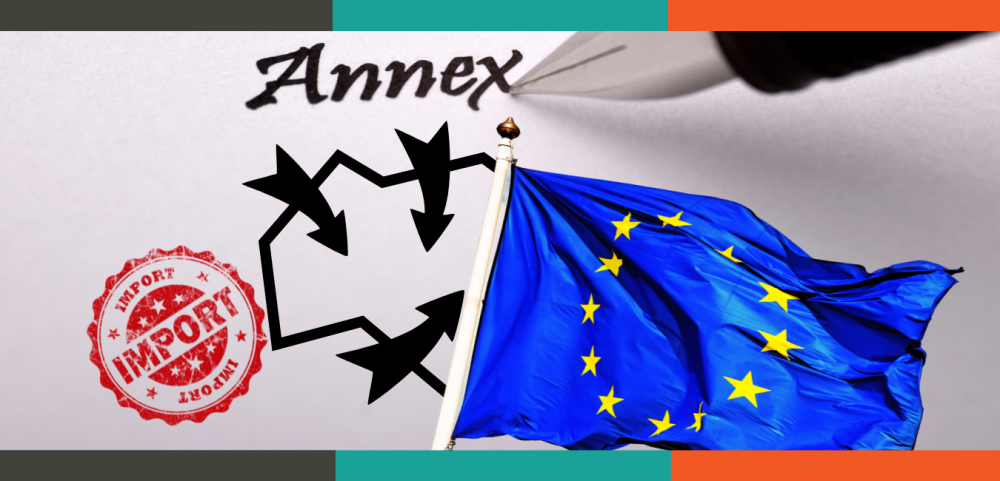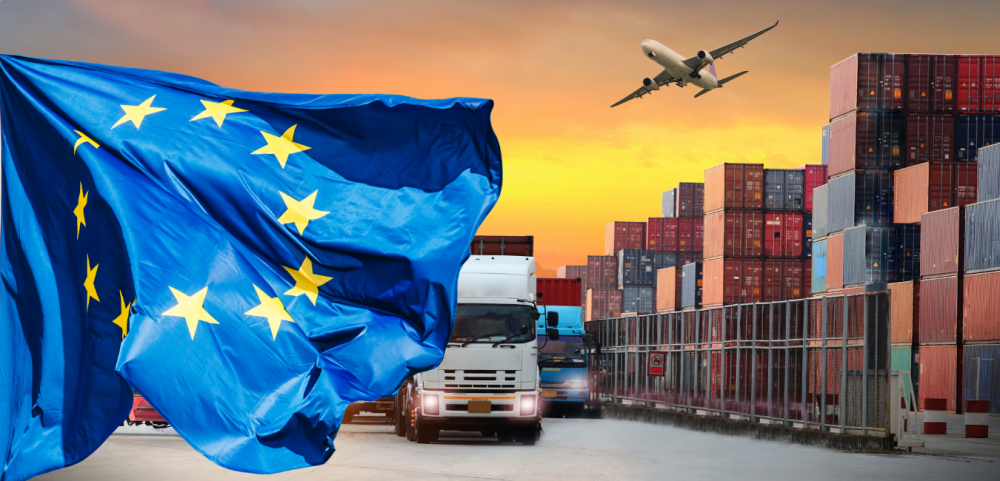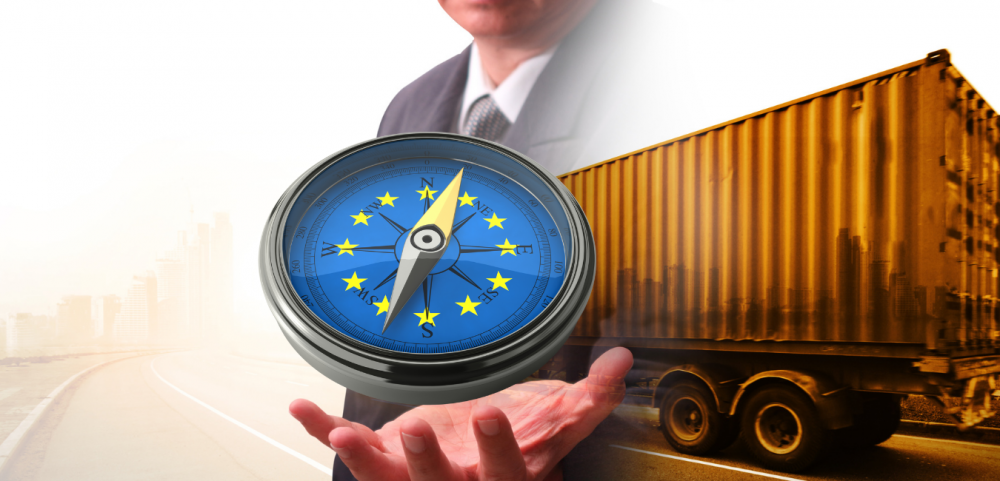How will the new EU GMP Annex 21 influence the importation of medicinal products?
In February 2022 the European Commission published the new Annex 21 to the EU GMP guidelines [1]. It will come into force in August 2022 and is intended to summarize all EU GMP requirements applicable when importing medicinal products from outside the EU/EEA.
It seems very reasonable now to think this guideline through and see why and how it matters.
To answer this question we should define first what the term ‘importation’ actually means. According to the new EU GMP Annex 21 this term exclusively refers to physically bringing a medicinal product from outside the territory of EU/EEA. Consequently, what is worth noting here, fiscal transactions are not covered by the new regulations (which was not so clear in view of the concept paper for this Annex published already in 2015).
As both human and veterinary medicinal products, including investigational medicinal products (IMP), may be imported, the document will be applicable to all of them. Solely products that enter the EU/EEA with the intention of export only, that are neither processed in any form nor released for the EU/EEA market, are not the subject of EU GMP Annex 21 regulations.
Knowing what importation means, we can now consider the following entities involved in the importation activities:
- the site of physical importation with the primary role of receipting the imported product, including documenting the transportation details,
- the site of batch certification or – for bulk or intermediate products that are further processed – batch confirmation.
In view of their specific importation responsibilities the above-listed sites are required to hold a relevant manufacturing & import authorisation (MIA). All these sites should also have an appropriate GMP-compliant pharmaceutical quality system implemented considering the scope of the activities actually carried out in place.
Importation activities should be undertaken in appropriate premises with adequate equipment to ensure they are performed in accordance with the general EU GMP expectations, in particular the ones stated in EU GMP Chapter 3 [2]. Specifically, segregated areas (or another system ensuring an equivalent level of security) should exist for the storage of quarantined products until their release for further processing or following batch certification or batch confirmation by a Qualified Person (QP).
The EU GMP Annex 21 explicitly requires written agreements to be in place in accordance with Chapter 7 of the EU GMP Guide [3] to outline responsibilities and activities of each site involved in the importation activities, including:
- marketing authorisation holders (MAHs),
- importers,
- sites responsible for QP certification,
- and third country manufacturers, as appropriate.
Of note, these agreements should define in details responsibilities of particular players in respect to all specific areas, e.g. in respect to compiling product quality reviews.
Products with a marketing authorisation (MA) must be tested upon importation unless there is Mutual Recognition Agreement (MRA) or another relevant arrangement in place. Testing should be performed for all commercial batches and the results should corroborate full compliance with the approved specification.
The EU GMP Annex 21 does not change the fact that in respect to batch release all requirements already stated in the EU GMP Annex 16 should be fully considered [4]. In particular, while performing the batch certification a QP has to ensure that the medicinal product imported from a third country was manufactured in accordance with (as applicable):
- the EU GMP Guide or recognised equivalent standards,
- the MA or the clinical trial authorisation (CTA),
- the relevant quality agreement(s).
What the EU GMP Annex 21 clarifies is that the site of the QP certification or QP confirmation of the batch is responsible for qualifying the third country manufacturer and should regularly monitor its performance by periodic on-site audits (performed themselves or outsourced to a third party).
Importantly, batch certification or batch confirmation may take place only after physical importation and custom clearance into the customs territory of an EU/EEA state.
Nonetheless, the overall responsibility for placing the medicinal products on the market lies with the MAH.
The EU GMP Annex 21 makes it clear that full batch documentation must be available to the MIA holder responsible for QP certification or QP confirmation of the batch. This entity should also have access to the relevant ordering and delivery documentation, covering such details as:
- the dispatching site,
- shipping details,
- customs documentation,
- and the intended site of physical importation.
Importantly, batch documentation, including batch certificates, supplied by the third country manufacturer should be in a format understood by the importer. This implies that it may be necessary to provide documents in more than one language.
As for other MIA holders involved in the importation process, they should have access to batch documentation as necessary considering the activities for which the site is responsible and provisions of the relevant written agreements (e.g. the site of physical importation should at a minimum have access to the details of transportation and receipt of the product).
While the EU GMP Annex 21 restates and summarizes requirements in respect to product quality reviews (PQR), it also defines the following additional expectations (apart from the ones given already in Chapter 1 of the EU GMP Guide) [5]:
- in cases where sampling of the imported product is conducted in a third country, the PQR should include an assessment of reliance on this sampling practice,
- PQR should include a review of deviations relating to transportation up to the point of batch certification,
- PQR should also cover comparison of the analytical results from importation testing with those in the certificate of analysis generated by the third country manufacturer (along with the investigation of discrepancies or out of trends, if any).
So far, we have described the key areas of the EU GMP Annex 21, but it is worth noting that the document also summarises the EU GMP requirements in respect to such related areas as:
- retention of the documentation,
- ongoing stability programmes,
- safety features,
- reference and retention samples,
- handling of complaints,
- quality defects,
- product recalls.
While all these are well defined in the relevant EU GMP chapters, the new EU GMP Annex 21 clarifies specific responsibilities of the sites involved in importation activities.
Definitely yes. Although it frequently references to other chapters and annexes of the EU GMP, which may even seems copying the already existing expectations, the Annex also contains a range of new requirements. These have to be considered by all who are involved in importation activities, including MAHs, importers, sites responsible for QP certification and third country manufacturers. Consequently, as importation of medicinal products into the EU/EEA has become more and more popular in the recent years, the EU GMP Annex 21 is expected to substantially affect the EU regulations on importation activities.
Would you like to learn more on how the EU GMP Annex 21 might affect you?
Are you interested in our QP Service? Need MAH Service?
Let's get in touch. Contact us for detailed information.
References:
[1] EU GMP, Annex 21 “Importation of medicinal products”,
https://ec.europa.eu/health/system/files/2022-03/vol4_annex21_en.pdf
[2] EU GMP, Part I, Chapter 3 “Premise and Equipment”,
https://ec.europa.eu/health/system/files/2016-11/chapter_3_0.pdf
[3] EU GMP, Part I, Chapter 7 “Outsourced activities”,
https://ec.europa.eu/health/system/files/2016-11/vol4-chap7_2012-06_en_0.pdf
[4] EU GMP, Annex 16 “Certification by a Qualified Person and Batch Release”,
https://ec.europa.eu/health/system/files/2016-11/v4_an16_201510_en_0.pdf
[5] EU GMP, Part I, Chapter 1 “Pharmaceutical Quality System”,
https://ec.europa.eu/health/system/files/2016-11/vol4-chap1_2013-01_en_0.pdf





